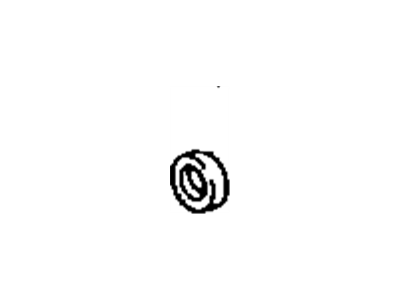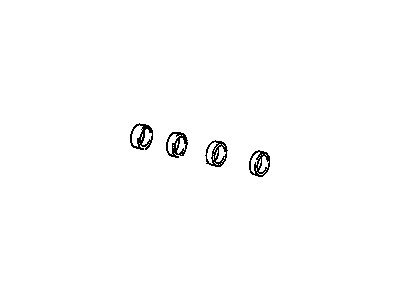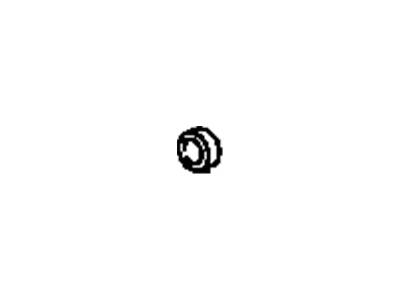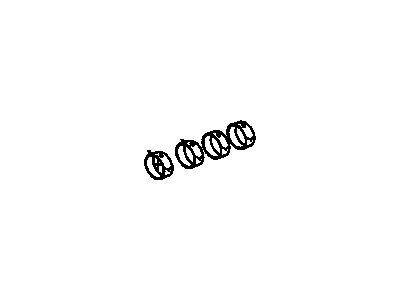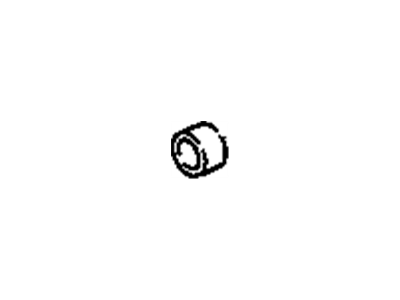
My Garage
My Account
Cart
Genuine Chevrolet Caprice Camshaft Bearing
- Select Vehicle by Model
- Select Vehicle by VIN
Select Vehicle by Model
orMake
Model
Year
Select Vehicle by VIN
For the most accurate results, select vehicle by your VIN (Vehicle Identification Number).
7 Camshaft Bearings found
Chevrolet Caprice Bearing, Camshaft
Part Number: 12453171$41.46 MSRP: $83.61You Save: $42.15 (51%)Ships in 1-2 Business DaysChevrolet Caprice Bearing, Camshaft
Part Number: 390300$22.89 MSRP: $36.02You Save: $13.13 (37%)Ships in 1-3 Business DaysChevrolet Caprice Bearing, Camshaft
Part Number: 19301057$25.03 MSRP: $38.36You Save: $13.33 (35%)Ships in 1-2 Business DaysChevrolet Caprice Bearing, Camshaft
Part Number: 12453170$5.04 MSRP: $7.28You Save: $2.24 (31%)Ships in 1-2 Business Days
Chevrolet Caprice Camshaft Bearing
Each OEM Chevrolet Caprice Camshaft Bearing we offer is competitively priced and comes with the assurance of the manufacturer's warranty for the part. Furthermore, we guarantee the speedy delivery of your orders right to your doorstep. Our hassle-free return policy is also in place for your peace of mind.
Chevrolet Caprice Camshaft Bearing Parts Questions & Experts Answers
- Q: How should one examine and maintain the Camshaft and Camshaft Bearing in V8 engine on Chevrolet Caprice?A:Examine the bearing surfaces and the surfaces of the cam lobes for surface scratches; very shallow scratches can be removed with fine emery cloth or an oil stone, while any deep scoring will require a new camshaft. Mount the camshaft on V-blocks and use a dial gauge to measure lobe lift and run-out, rejecting any camshaft that does not meet the specified limits. Measure the journal diameters with a micrometer and reject any camshaft that does not meet the specified limits. If the bearings are worn, they can be extracted using a suitable tool, such as GM tool set No. J-6098, noting that it will be necessary to drive out the camshaft rear plug from the block. New bearings are installed with the same tool set, ensuring the cam bearing oil holes are aligned correctly: for a small V8, the No. 1 bearing hole should have oil holes equidistant from the 6 o'clock position, while the No. 2 through No. 4 bearing oil holes should be positioned at 5 o'clock, and the No. 5 bearing oil hole at the 12 o'clock position; for a Mark IV V8, the No. 1 through No. 4 oil holes must align with the oil holes in the cam bearing bore, and the No. 5 bearing bore should be at or near the 6 o'clock position. After installing new bearings, install a new camshaft rear plug flush 1/32 inch below and parallel to the rear surface of the block.
Related Chevrolet Caprice Parts
Browse by Year
1996 Camshaft Bearing 1995 Camshaft Bearing 1994 Camshaft Bearing 1993 Camshaft Bearing 1992 Camshaft Bearing 1991 Camshaft Bearing 1990 Camshaft Bearing 1989 Camshaft Bearing 1988 Camshaft Bearing 1987 Camshaft Bearing 1986 Camshaft Bearing 1985 Camshaft Bearing 1984 Camshaft Bearing 1983 Camshaft Bearing 1982 Camshaft Bearing
